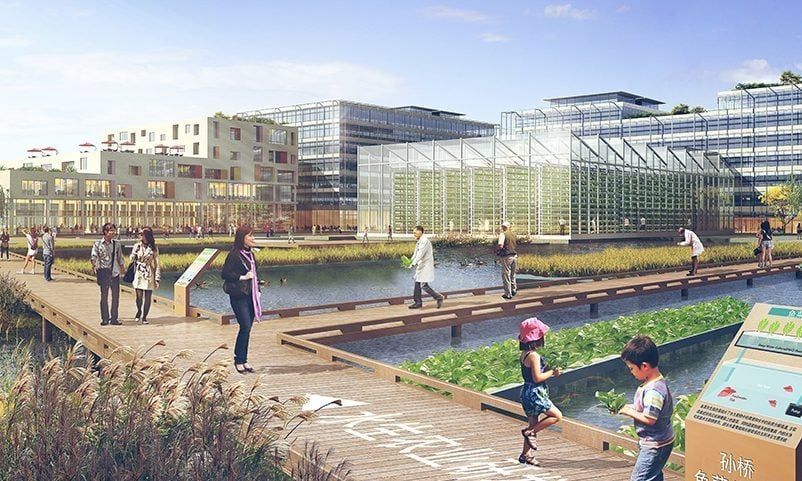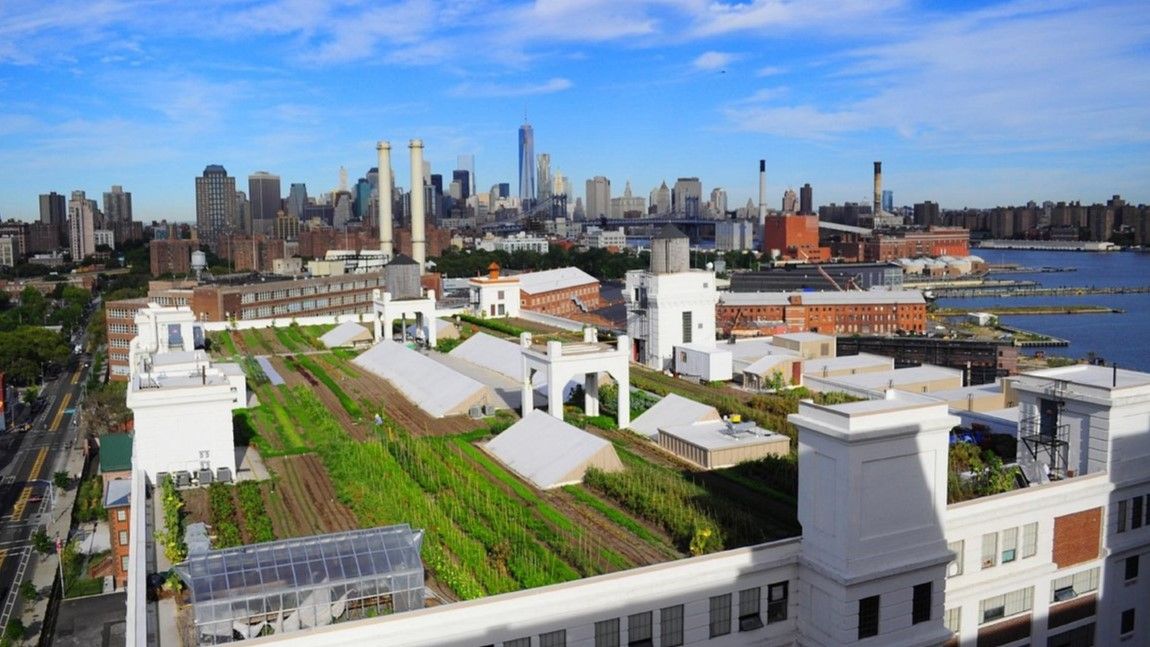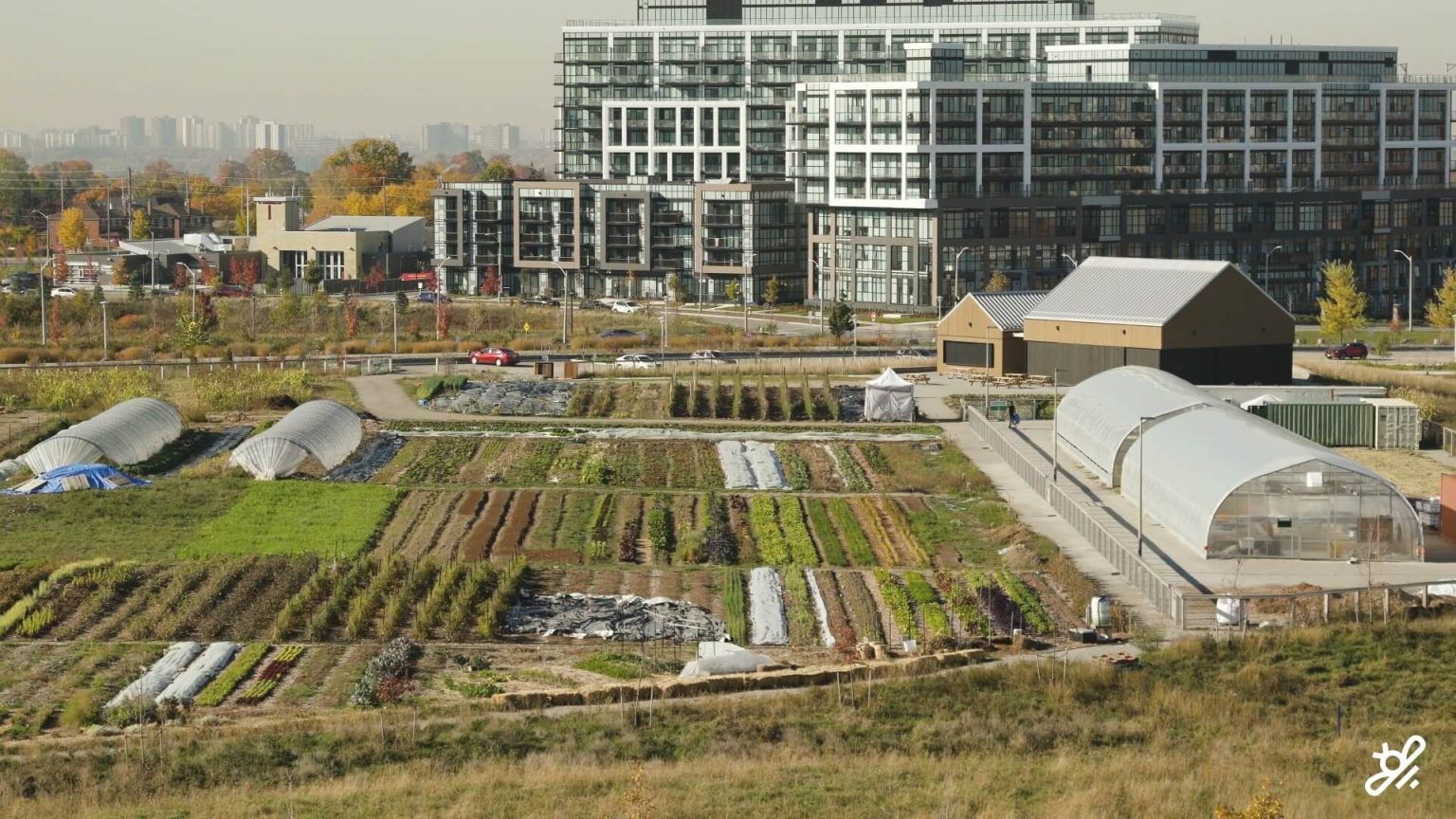 An example of urban agriculture. Photo credit: Agritecture
An example of urban agriculture. Photo credit: Agritecture
Urban agriculture is rapidly emerging as a critical solution to address sustainability challenges in our ever-growing cities. At the forefront of this movement is Agritecture, a leading advisory firm guiding entrepreneurs, governments, and organizations in building resilient and sustainable food systems. Founder and CEO Henry Gordon-Smith uncovers how Agritecture is transforming urban landscapes and shaping the future of agriculture.
How urban farming can help address climate change
"Urban agriculture historically has proven over and over again to be a meaningful part of a resilient food system. We have to look to the past to think about how urban agriculture will be applied in the future.” For Henry, growing food in smaller urban spaces in the past was about resilience. “It was about having something else you can trade with your neighbors.”
Citing examples like victory gardens from World War I and II, and vegetable gardening during Covid, Henry believes that urban farming is a way to prevent shocks in supply chains.
But it’s not just political or economic conflicts that can induce shortages in the system, but now with climate change, it’s about environmental shocks.
“In order to prepare for changing weather patterns, habitat patterns, more storms, etc., indoor greenhouses or vertical farms can make the future more resilient. It's solutions like low-tech versions of protected agriculture, all the way up to high-tech versions of vertical farming. Even if we're just thinking about irrigation strategies or shading strategies, agriculture will need to grow up to face climate change, and controlled environment agriculture is one representation of that transition.”
 Brooklyn grange rooftop. Photo credit: Anastasia Cole Plakias
Brooklyn grange rooftop. Photo credit: Anastasia Cole Plakias
Agritecture Success Stories
The Agritecture team works on a variety of projects, from individual farms to master planning of communities and cities, all the way to corporate advising.
“One of the projects we're proud of is the city of Dallas. We just did the comprehensive urban agriculture plan for the city.
“We’ve worked with them for three years to try and balance technology and equity related to their move to have more urban agriculture. I'm really proud of what we did there because we created a galvanizing community and now there's a program that gives access of vacant lots to community members.
“Farm.One here in Brooklyn is another one we’re proud of. It’s a sort of farm for chefs, where they've got such a diverse set of crops that are typically imported from all kinds of places. And they grow them instead here and residents get them as well as chefs. It's a very premium experience of a farm.
“In 2022, we worked on the For Hops project, which was more of a precision agriculture project, looking at hops in the Czech Republic. The hops are threatened by climate change and drought conditions are creating a lot of effects on the quality of the acidity of the plants as well as the yields. So we implemented six pilot IOT farm installations and helped develop the foundations for an AI-driven app.”
Misconceptions About Urban Farming
From not being profitable or scalable to not believing it will make an impact, Henry highlighted a lot of misguided thoughts on urban agriculture.
“Most people don't see the potential beyond niche. And they're not totally wrong. It's really about practicing design thinking. There are a lot of options for a vacant space, whatever the size and whatever the climate is, you just need to go through a process to consider your options. There's not one way to do this.”
“On one side people believe that vertical farming is about creating a utopia. And the other side, people say it’s not meaningful and will never work. But data suggests that it’s somewhere in the middle.
“We know that with technology, we can grow more in less space. And there are certain places where that can be profitable, depending on the labor, water, and energy costs.
“There are spaces, especially near cities that are not necessarily considered for agriculture that could be considered for agriculture. Peri-urban agriculture has enormous potential because it’s the future area where the cities will develop. There's just more space available.
“One study suggests that we could provide 50 to 70 percent of the fruits and vegetables for cities just on the edges of them. Greenhouses are extremely productive.”
 A peri-urban agriculture project outside Toronto. Photo credit: Fresh City Farms
A peri-urban agriculture project outside Toronto. Photo credit: Fresh City Farms
Advice on how to get into urban farming
For someone who didn’t grow up in the agricultural industry, Henry observed that hands-on experience was the only way for him to learn.
“I didn't grow up with a green thumb. I've had to really observe and research and study how agriculture works. Getting hands-on experience is very important. It's hard to be taken seriously in the sector if you've never been on a farm or understand farmers.
“I asked the questions I had. And that allowed me to build my network and relationships that have lasted a long time. That's very beneficial in this sector, you need to have a network of people you can depend upon to validate and connect you to grow.
“Sustainability is not an A to Z journey. It's a cycle of continual improvement and observation. So I think some of those same principles of learning something, sharing it, and then going back and assessing is beneficial.”
Climate Tech at VivaTech
By optimizing urban spaces and integrating cutting-edge technologies, Agritecture is not only redefining how we grow food but also leading the charge in mitigating the effects of climate change and ensuring food security for future generations.
Want to meet and exchange with experts like Henry Gordon-Smith? Check out the 2024 VivaTech speaker line-up and book your four-day pass.
